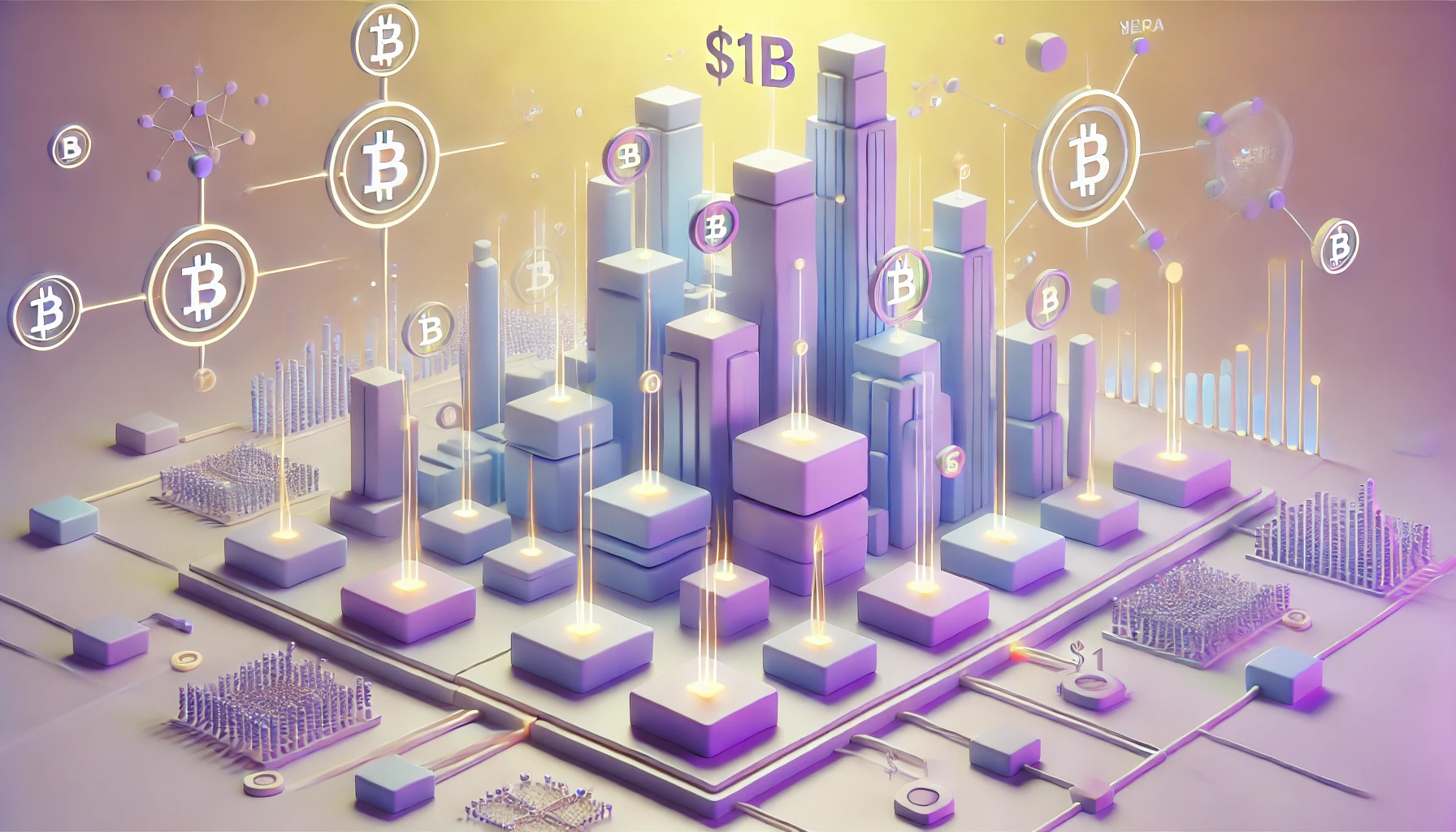Today, according to recent analysis, the United States appears to be borrowing elements of the Salvadoran model to shape its own approach to Web3 and digital assets. This rapprochement raises questions about the motivations behind this inspiration and its implications for the future of technological and financial innovation. This article explores how the Salvadoran model is influencing U.S. initiatives in Web3 and what this strategy means.
El Salvador: A Laboratory for Cryptocurrency Adoption
El Salvador captured global attention by legalizing Bitcoin, a move aimed at boosting financial inclusion and reducing reliance on the U.S. dollar. The move, while controversial, provided an experimental setting to observe the real-world impacts of cryptocurrencies on a national economy. The mixed results, between limited adoption by the population and symbolic gains in terms of international visibility, have nevertheless inspired other nations to consider similar integrations.
In the United States, key players in Web3 and tech see Salvadoran audacity as a source of inspiration for rethinking financial infrastructure. Rather than simply regulating, the idea would emerge of creating an ecosystem favorable to blockchain innovation, based on public-private partnerships and special economic zones, like the “Bitcoin City” envisaged in El Salvador. This approach seeks to reconcile technological growth and economic sovereignty.
The United States and Web3: Towards a hybrid strategy
While El Salvador has opted for radical adoption, the United States is banking on a more cautious hybridization. States such as Wyoming and Texas have already introduced regulations favorable to blockchain companies, attracting startups and investments. This legislative decentralization makes it possible to experiment without committing the entire country, a less risky strategy than that of El Salvador but aiming for the same objective: to position the territory as a crypto hub.
At the same time, federal initiatives, such as the supervision of stablecoins or the exploration of a digital dollar (CBDC), reveal a desire to control while stimulating innovation. Unlike the Salvadoran model, the United States seeks to avoid economic shocks while capitalizing on Web3 to strengthen its technological leadership. This dual movement, bold regionalization and federal prudence, could define a middle path between innovation and stability.














